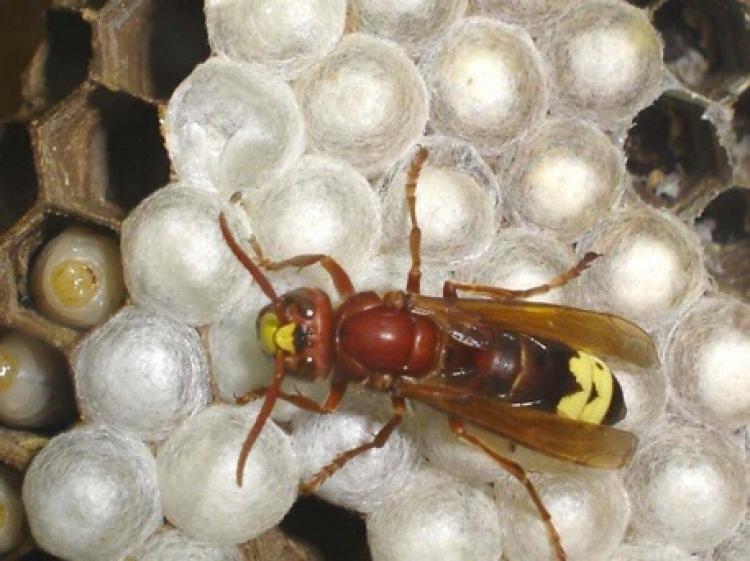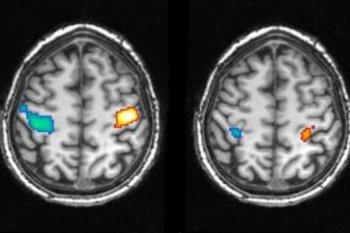The Oriental hornet (Vespa orientalis) harvests energy from the sun and converts it into electricity. It is the first known animal with this ability. In a recent study, researchers from Tel Aviv University (TAU) revealed the underlying mechanism.
Unlike other wasps, workers of this social hornet species are more active in the afternoon rather than in the morning. They build underground nests and dig harder when it is sunnier. The team of scientists realized a few years ago that the workers were capturing solar power, and have been studying the biophysical properties of the hornet’s cuticle, or shell, to understand how, using a dye-sensitized solar cell (DSSC).
The scientists measured various weather conditions, including humidity, temperature, and solar radiation, but found that only ultraviolet B (UVB) radiation affects the hornet’s behavior.
“The interesting thing here is that a living biological creature does a thing like that,” said researcher David Bergman at TAU’s School of Physics and Astronomy, in an American Friends of Tel Aviv University press release. “The hornet may have discovered things we do not yet know.”
So how does the hornet do it? According to the study, the insect uses the pigments melanin in its brown stripes and xanthopterin in its yellow stripes to absorb and store light in the cuticle, enabling a photovoltaic effect as xanthopterin biochemically transforms UVB into electrical energy.
The cuticle’s structure reduces reflectance and acts as a diffraction grating to trap UVB and increase absorption. Grooves in the hornet’s shell split the UVB rays into diverging beams, while the yellow stripes on the abdomen feature pinhole depressions that help xanthopterin to create electricity.
The team was unable to replicate the hornet’s high rates of energy collection using the DSSC model. They plan to refine this “bio-mimicry” model to look for innovative renewable energy solutions, according to the press release.
The study was published in the German journal Naturwissenschaften in December.
Unlike other wasps, workers of this social hornet species are more active in the afternoon rather than in the morning. They build underground nests and dig harder when it is sunnier. The team of scientists realized a few years ago that the workers were capturing solar power, and have been studying the biophysical properties of the hornet’s cuticle, or shell, to understand how, using a dye-sensitized solar cell (DSSC).
The scientists measured various weather conditions, including humidity, temperature, and solar radiation, but found that only ultraviolet B (UVB) radiation affects the hornet’s behavior.
“The interesting thing here is that a living biological creature does a thing like that,” said researcher David Bergman at TAU’s School of Physics and Astronomy, in an American Friends of Tel Aviv University press release. “The hornet may have discovered things we do not yet know.”
So how does the hornet do it? According to the study, the insect uses the pigments melanin in its brown stripes and xanthopterin in its yellow stripes to absorb and store light in the cuticle, enabling a photovoltaic effect as xanthopterin biochemically transforms UVB into electrical energy.
The cuticle’s structure reduces reflectance and acts as a diffraction grating to trap UVB and increase absorption. Grooves in the hornet’s shell split the UVB rays into diverging beams, while the yellow stripes on the abdomen feature pinhole depressions that help xanthopterin to create electricity.
The team was unable to replicate the hornet’s high rates of energy collection using the DSSC model. They plan to refine this “bio-mimicry” model to look for innovative renewable energy solutions, according to the press release.
The study was published in the German journal Naturwissenschaften in December.





